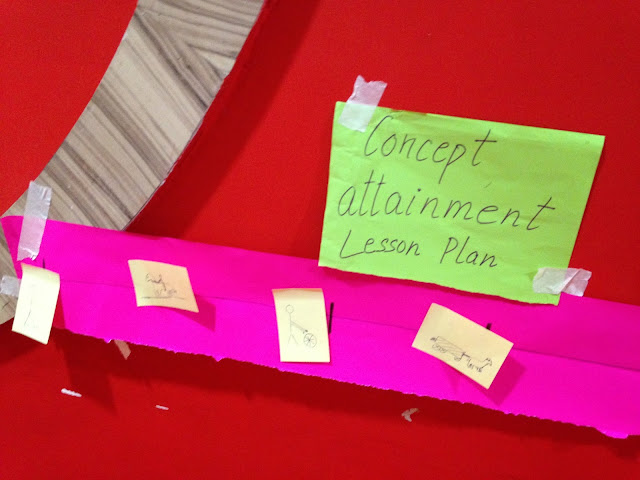"Construction of the Golden Temple began in 1574 on land donated by the Mughal emperor Akbar. The building project was overseen by the fourth and fifth Sikh Gurus. The temple was completed in 1601, but restoration and embellishment continued over the years. The temple had to be substantially rebuilt after it was sacked in the 1760s.
In the early 19th century, 100 kg of gold were applied to the inverted lotus-shaped dome and decorative marble was added. All this gold and marble work took place under the patronage of Maharaja Ranjit Singh. The legendary warrior king was a major donor of money and materials for the shrine and is remembered with much affection by the Sikh community and Punjabi people."
http://www.sacred-destinations.com/india/golden-temple-of-amritsar
Funny thing is, if you stand in their way, they sweep you away too!
The fierce gaze...
I could smell history all around me...
India! Vibrant, colourful, alive!
Jallianwala Bagh entrance..I felt like I could almost hear the desperate sounds of the people trapped within these narrow walls.
Unscalable!
Leaving history behind and staring another kind of inquiry...
Lighter moments, but necessary ones...
The participants really enjoyed this activity...
Connecting all their artifacts to highlight the transdisciplinary nature of our curriculum...


























Comments
Post a Comment
Thank you for taking the time to read my blog.